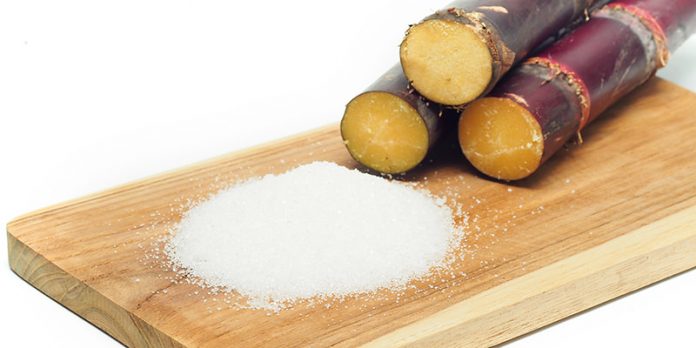Image Credits: vinepair.com
The country’s sugar market fundamentals are turning murky not so much because of relatively low prices and huge cane arrears, but primarily because of a stark mismatch in cane and sugar production data.
The market runs the risk of trading on the basis of data whose reliability is suspect on the face of it. It can hurt stakeholders. Importantly, the policy makers cannot afford to ignore ground realities as sugar is a politically-sensitive food commodity with a high weightage in consumer price index.
Data mismatch
Still fresh in memory is the unpleasant experience of 2016-17 when sugar production numbers were projected at high levels to start with, but were gradually whittled down as reality sunk in.
Eventually, sugar production in 2016-17 collapsed to a multi-year low of 20.2 million tonnes (mt), with some private estimates pitching the quantum even lower (BusinessLine editions dated January 19, 2017 and April 19, 2017). As a result, the government had to permit import of about 800,000 tonnes to contain any possible price rise. To be sure, sugarcane output for the year was 306 mt, according to Ministry of Agriculture data.
The current year 2017-18 presents a queer picture.
Higher output pegged
According to the second advance estimate released on February 27 by the Directorate of Economics and Statistics, cane production is 353 mt, showing an increase of 47 mt or about 16 per cent more than the previous year.
To a Rajya Sabha question answered on March 16, the Ministry of Food said sugar production for 2017-18 as of March 13 was 23.5 mt. By then, many of the mills — especially in the southern parts of the country and partly in western India — had closed the year’s operation due to non-availability of cane.
And now, the trade body of private sugar mills, Indian Sugar Mills Association, has claimed that this year’s sugar production is poised to touch 29.5 mt and that production has already touched 28.2 mt as of March 31.
If we accept the official data that cane output this year has increased by 16 per cent to 353 mt, how can sugar production increase by nearly 50 per cent to 29.5 mt from last year’s 20.2 mt ? Some one owes an explanation.
The question that arises is: where is the extra cane to produce so much more sugar? And, why are government data and private sector data not in sync? This anomaly deserves to be reconciled soon.
There are two possibilities: either the Agriculture Ministry’s cane production estimate is grossly understated or private trade’s sugar production estimate is exaggerated. It is also possible there are errors on both sides. The numbers call for reconciliation.
Exports, sops
Based on the highly-optimistic sugar production data (with little relation to cane output data), sugar mills are demanding that export be allowed with appropriate incentives (read, subsidies). Before any such decision is taken, it is necessary for the government to ascertain the ‘real’ situation.
As the nation moves towards general elections in the months ahead, it is even more important for the Centre not to get carried away by suspect data, but undertake a thorough exercise to know the real picture. fundamentals are turning murky not so much because of relatively low prices and huge cane arrears, but primarily because of a stark mismatch in cane and sugar production data.
The market runs the risk of trading on the basis of data whose reliability is suspect on the face of it. It can hurt stakeholders. Importantly, the policy makers cannot afford to ignore ground realities as sugar is a politically-sensitive food commodity with a high weightage in consumer price index.










